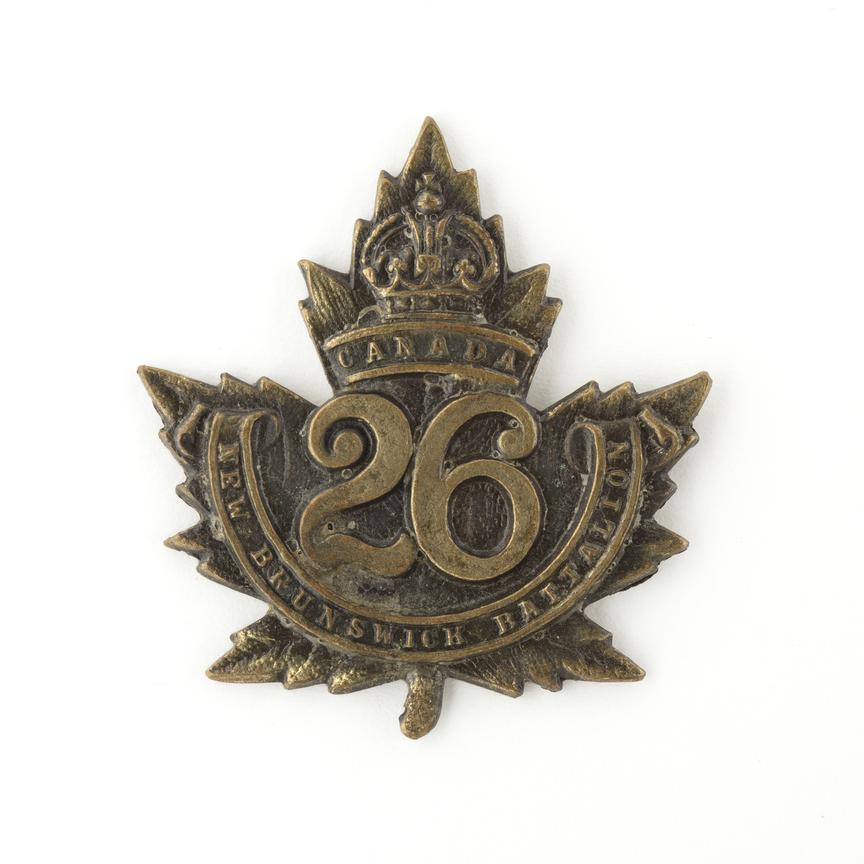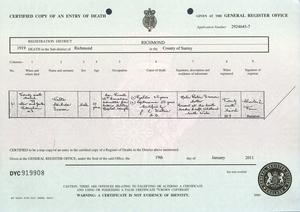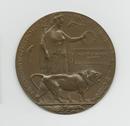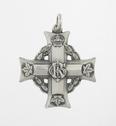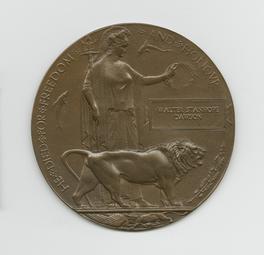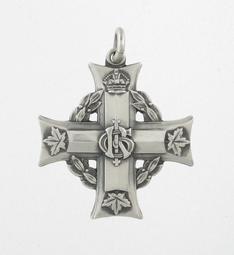Unit
26th Canadian Infantry Battalion (New Brunswick)
Branch
Infantry
Service Component
Canadian Expeditionary Force
Service Number
412453
birth
1891/11/15
Cockermouth, Northumberland, United Kingdom, England
death
1919/03/26
England
grave
Brookwood Military Cemetery, England
Gender
Male
Walter Stanhope Dawson was born in Cockermouth, Northumberland, England, on 15 November 1891. He was the eldest child of Alfred Dawson, a general medical practitioner and journalist, and Helen Dawson.
Dawson immigrated to Canada in June 1911, just after the Census of England and Wales was conducted that year. According to the census, he was a medical student; however, on the outward passenger manifest for SS Royal George, the ship that transported him from Bristol, England, to Montréal, Quebec, his occupation is listed as “farm labourer”.
Dawson was working as a labourer when he enlisted in the 39th Canadian Infantry Battalion in Peterborough, Ontario, on 18 February 1915. He sailed to England with his unit on SS Missanabie, embarking in Montréal on 24 June 1915. The 39th Battalion arrived in England on 3 July 1915 and moved to Shorncliffe, Kent, where it supplied reinforcements to units already in the field.
Dawson was transferred to the 26th Canadian Infantry Battalion (New Brunswick) on 26 October 1915 and joined the unit in France four days later. On 4 January 1916, he was promoted to the rank of lance corporal.
On 15 September 1916, Dawson was thrown into the air by a shell explosion (“blown up”) during the Battle of Flers-Courcellete. Three days later, on 18 September 1916, he was admitted to No. 1 Canadian General Hospital in Étaples, France, where he was diagnosed with shell shock and “paraplegia”. On 23 September 1916, Dawson was transferred to the Princess Christian British Red Cross Hospital in Englefield Green, England. A report from the hospital dated 25 February 1917 states the following about the seriously wounded soldier:
Admitted to this hospital with tremendous deformity of spine at 10th dorsal level. Laminectomy [operation to remove the back of one or more vertebrae] performed 26th September [1916] although it was thought that with such deformity, the cord was bound to have been irreparably damaged. It was found greatly thinned and stretched. No improvements. Tenth and 11th inter-costal nerves removed for two inches each for root pain on 24th January 1917. Much improved in this respect.
The report also notes that Dawson was completely paralyzed below the waist and was suffering from depression.
On 1 May 1917, Dawson was transferred to No. 16 Canadian General (Ontario Military) Hospital in Orpington, Kent. The severity of his injuries was officially recognized when he was transferred to the Star and Garter Home, in Richmond, Surrey, on 28 August 1917. That facility had been opened on 14 January 1916, under the auspices of the British Red Cross Society, to care for soldiers who had been severely disabled while on service. Soon after he was transferred (19 October 1917), Dawson was discharged from the Canadian military as “physically unfit” for service. Permanently hospitalized in England, Dawson died from his injuries on 26 March 1919.
Walter Stanhope Dawson is buried in Brookwood Military Cemetery, in England.

